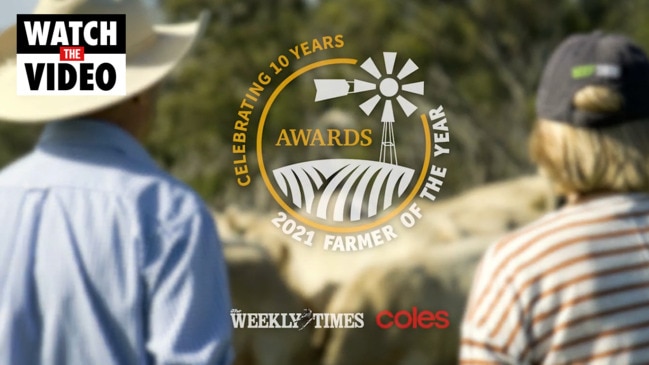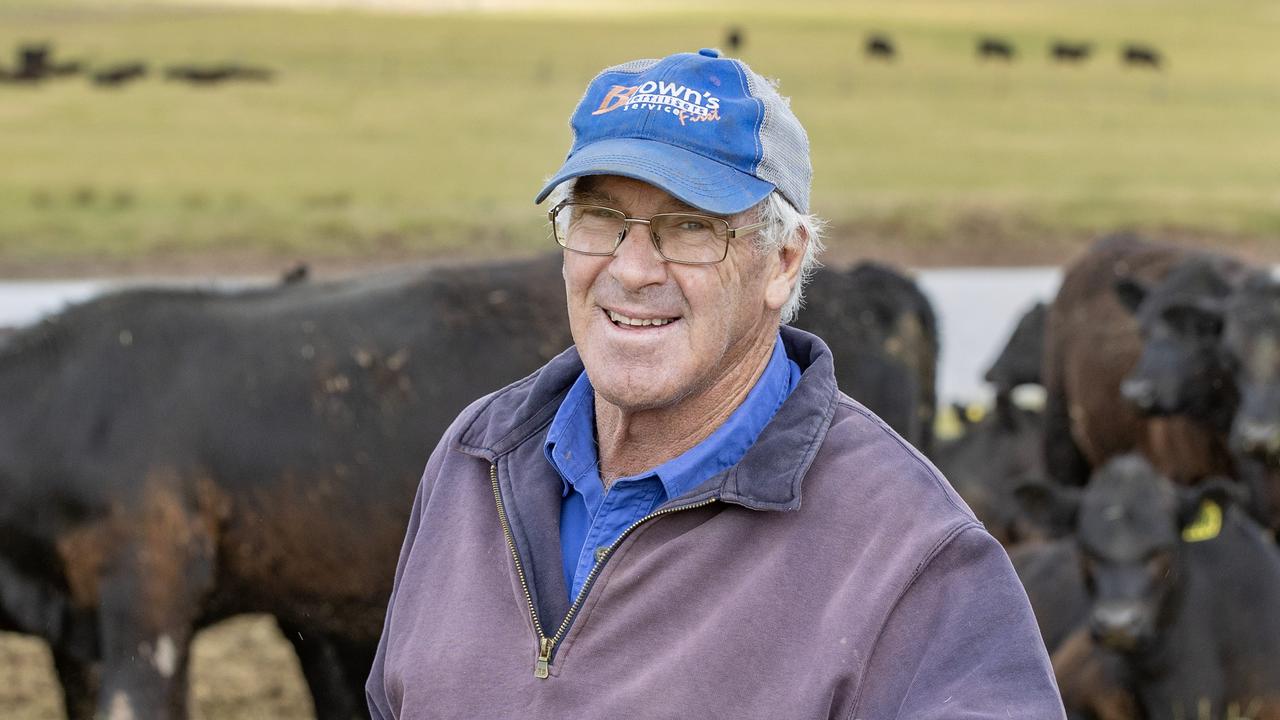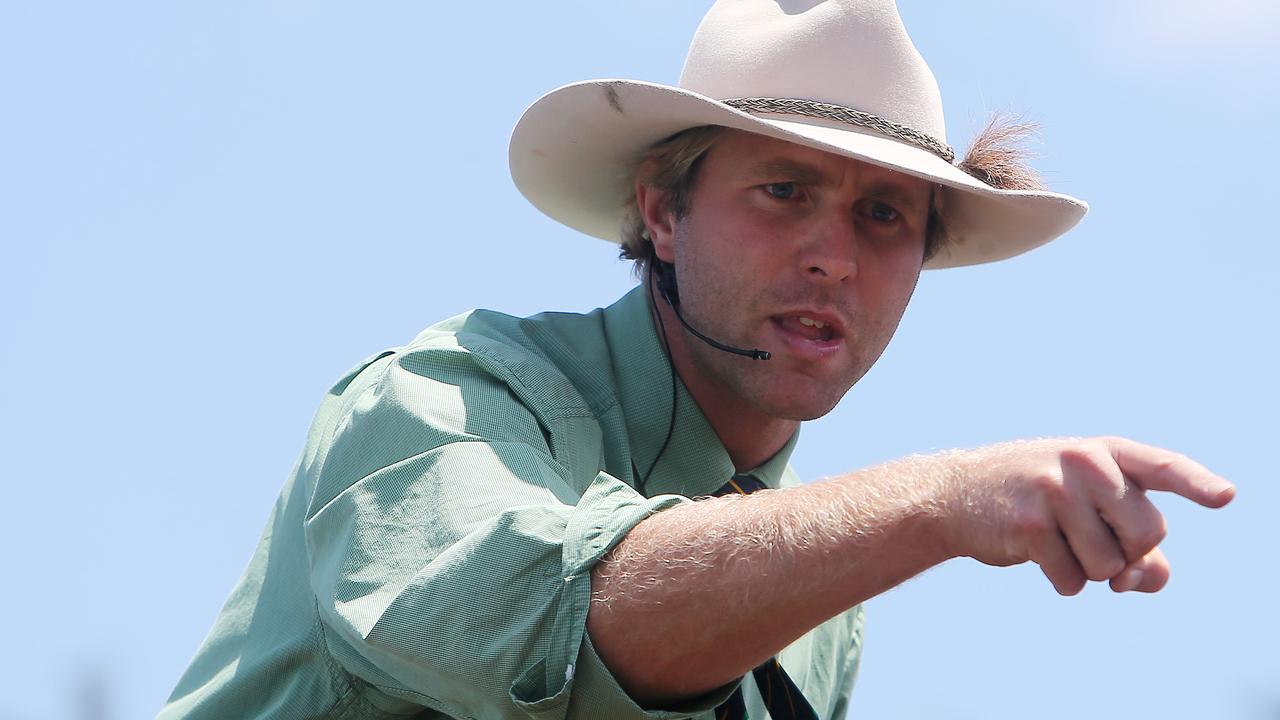Price movements determined by supply and demand
Supply and demand seems too simplistic to explain the dramatic price movements at livestock sales, but data shows they have played a powerful part.

Supply and demand seems too simplistic to explain the dramatic price movements at livestock sales recently, but data shows they have played a powerful part.
And producers are playing a key role in both the supply and demand areas by withdrawing stock from saleyards and also returning with more vigour for store cattle.
The first case study is lamb.
In the week when lamb prices dived to take the saleyard price indicator for heavy lamb down to 660c/kg carcass weight, there were 142,438 lambs sold at the major prime markets monitored by the National Livestock Reporting Service.
In the following days, lamb supply dropped by 36,000 head and the heavy lamb indicator bounced back up to 722c/kg, helped along by some of the biggest week-on-week price improvements recorded in the auction system with gains of up to $50 a head recorded at Wagga Wagga, NSW, last Thursday and Bendigo on Monday.
As mentioned, it came off the back of a significant cut to saleyard numbers, NLRS data showing a 25 per cent drop in lamb supply. The week-on-week changes to lamb yardings by state were:
NSW: 103,895 lambs in the last week of July, compared to 78,019 in the past week – a cut of 25 per cent.
VICTORIA: 21,985 lambs compared to 20,000 – back 9 per cent.
SOUTH AUSTRALIA: 6740 lambs down to 3949 – a drop of 41 per cent.
WESTERN AUSTRALIA: 8465 lambs to 3768 – a slashing of 55 per cent.
It appears to have left processors who tend to rely on the auction system rather than forward contracts or over-the-hook deals for lamb and mutton a bit short, ramping up bidding at saleyards again.
The second case study is cattle.
Numbers have also dropped away as farmers withdraw from selling at cheaper prices on the eve of what should be another boom spring across many key beef grazing areas.
At its most dramatic was the cancellation of the weekly Bairnsdale sale last Thursday, while numbers at Wagga Wagga fell to 900 cattle this week to be well shy of the 1600-plus that usually go through the centre each Monday.

But what the latest data is also showing is a step up in restocker activity as confidence returns and farmers shrug off much of the negativity of the past month which was centred on fears of foot and mouth disease spreading from nearby neighbour Bali to Australian shores.
One way that market analysts at Meat and Livestock Australia track confidence levels in the beef market is to compare the price being paid by restockers compared to feedlots for young cattle included in the rolling Eastern Young Cattle Indicator.
The graph on this page shows the relationship between restocker and feeder prices, which are converted to cents-a-kilogram carcass terms, over the past 12-months.
Basically it is confidence and demand from restockers that carries the EYCI to high price levels as their buying puts pressure on feedlots (and also processors to a lesser extent) for the available supply of young cattle.
At the EYCI peak in January, restocking activity was hyped up farmers who were paying 200c/kg carcass weight more than feedlots. It was at its most extreme on January 24 when the EYCI rate for restocking cattle was listed at 1306c/kg compared to 1097c/kg for those sold to feedlots.
Now to drill down into what has happened this winter.
In the space of just 14 days during June (from June 7 to 21 to be exact) the money farmers were paying for young cattle in the EYCI slipped from 1196c/kg down to 1118c/kg, dropping 78c/kg in a fortnight.
At the same time the EYCI feedlot rate went from 1051c/kg down to 1027c/kg for a much milder correction of just 24c/kg.
The sudden drop in restocking price can be seen in the graphic on this page, before the feedlot price started to slide. It highlights how falling confidence among farmers was a catalyst for young cattle prices to start sliding, as the pressure on the other market players of feedlots and processors was weakened.
By late July, the price difference between restockers and feeders had tightened to just a few cents.
But what the market is now showing is producer confidence has started to lift again and the EYCI store cattle price has started to lift and step away from the feeder rate.
The return of buyer confidence was evident at the Wangaratta store cattle sale last Friday where prices for a mostly secondary and small winter yarding kicked by $200 on the ruling rates recorded in the North East in the previous fortnight.
Agents reported a similar price kick at Wodonga the day prior.
The fear factor around FMD seems to have faded, and agents suggested the focus of producers has started to switch from the negatives to the positive of another promising spring season.
If restocking activity continues to intensify it will act as a support to feedlot and processor prices, as it has done in the past.
The outlook for lamb is a bit more questionable. When you drill down into some of the big price lifts for lamb, they have been driven by a handful of processors, with big players such as Thomas Foods International and Safeway still absent from southern markets and others such as JBS, Australian Lamb Company, Gathercoles and Frews only buying limited numbers.
The factors to watch with lamb include supply out of NSW, amid some talk old lamb numbers could rebound again as producers react to the stronger prices and wet conditions in some areas dry out.
The industry is also on the cusp of the sucker build-up, with Deniliquin in southern NSW planning its first major run of young lambs next week along with Ouyen and Swan Hill.




